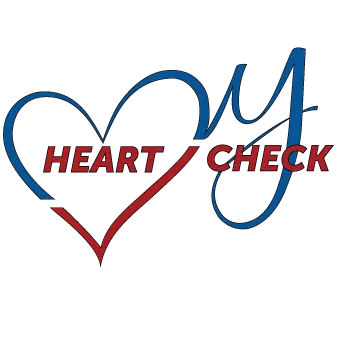Heart arrhythmia kills 130,000 people annually
BALTIMORE, Md. (Ivanhoe Newswire) – As many as six million Americans suffer from heart arrhythmia, a condition where the heart beats irregularly, or skips a beat. It contributes to more than 130,000 deaths every year. Now, researchers in the United States and Germany are looking at a gentle option to put hearts back in sync.
Every year, thousands of Americans suffer sudden cardiac arrest. For many, an implantable defibrillator puts the heart’s electrical system back in rhythm. Life-saving, but not perfect.
More Healthy Heart Headlines
Natalia Trayanova, Ph.D., a biomedical engineering professor at Johns Hopkins University and Murray B. Sachs Endowed Chair, told Ivanhoe about defibrillators, “If it discharges, then it is very, very painful and feels like a horse kicking you in the chest.”
Patrick Boyle, Ph.D., an assistant research professor of biomedical engineering at Johns Hopkins University in Baltimore, Maryland, explained, “When a large electrical shock is delivered, for example, part of the reason why it’s so painful is that it causes all the muscles around the heart to contract.”
Trayanova and Boyle are working with researchers in Bonn, Germany and they’ve found another way. Instead of electricity, they say light may be a better option. The Bonn team tested the theory in animals.
“They did experiments in mice in which they embedded these light sensitive proteins and they delivered light from the outside of the heart and they were able to terminate or defibrillate the arrhythmia,” detailed Trayanova.
The Johns Hopkins team then used a computer model of an actual heart to see if a dose of red light would regulate the much larger human organ, and it does.
Trayanova said, “The steps that have been taken in the past few years are major. This is a major milestone.”
Researchers say someday, instead of a major blast to the heart, a gentle light will be all a patient may need.
The Johns Hopkins team envisions a pacemaker-like implantable device that would someday deliver the light pulse from within the body when it senses the person’s heart is out of rhythm.
Contributors to this news report include: Cyndy McGrath, Supervising and Field Producer; Milvionne Chery, Assistant Producer; Roque Correa, Editor and Videographer.
by Ivanhoe Newswire
